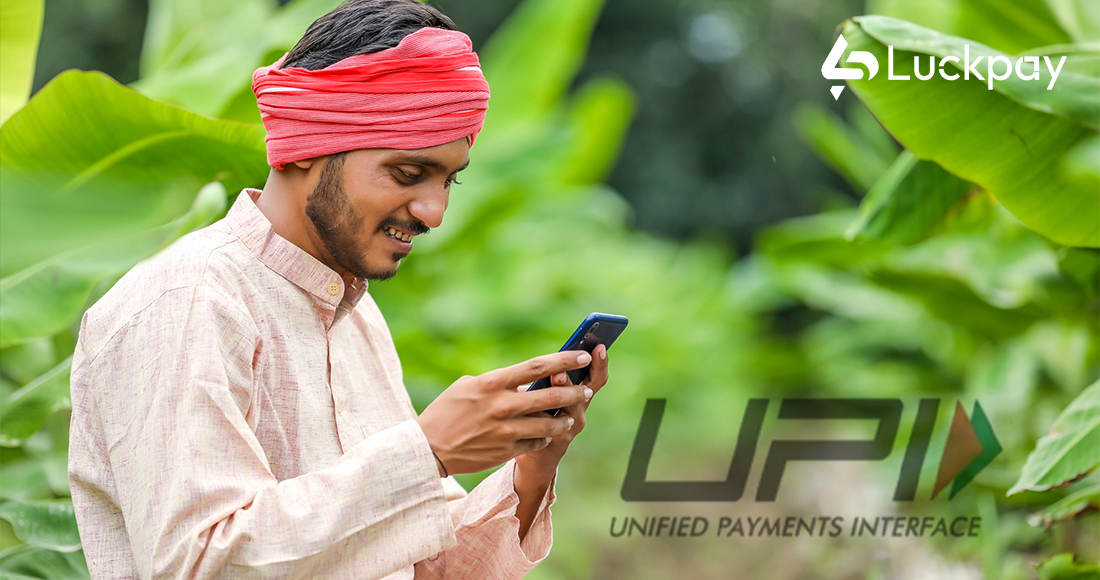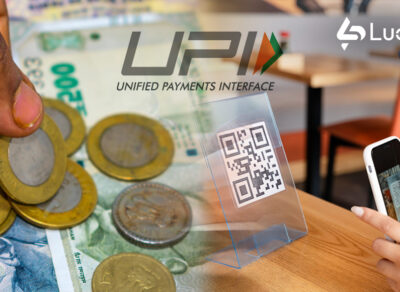How UPI is Quietly Fueling Financial Inclusion in Rural India

India’s digital revolution has taken rapid strides, thanks in large part to the Unified Payments Interface (UPI), a system that has revolutionized payments nationwide. While urban India has benefited immensely from UPI, the real transformation is happening quietly in rural areas, where financial access has historically been limited. Today, UPI is reshaping how rural communities engage with money, breaking down financial barriers, and bringing banking services to the last mile.
Here’s how UPI is driving financial inclusion in India’s heartland and giving millions of people in remote villages unprecedented access to digital banking.
1. UPI’s Role in Expanding Access to Banking
In many rural regions of India, traditional banking services have been either inaccessible or challenging to reach. A large percentage of the population still lacks bank accounts, and physical branches are often located far from people’s homes. UPI has changed this narrative, enabling financial access without requiring people to visit a bank. With UPI, all that’s needed is a smartphone, a stable internet connection, and a simple registration process.
This digital payment system allows users to link their bank accounts directly to a mobile app, giving them the power to send and receive money, pay bills, and manage their finances from their phones. Today, with digital payment penetration at an all-time high, rural citizens no longer have to rely solely on cash or travel far to access banking services.
2. Encouraging Digital Literacy in Rural India
One of the most significant contributions of UPI to rural India has been the push for digital literacy. Through UPI, people are learning how to operate smartphones, navigate digital apps, and make online transactions—all skills that extend beyond banking and enable them to engage with the digital world.
Government initiatives and local non-profits have also been instrumental in driving digital literacy campaigns, teaching villagers the ins and outs of digital payments. In many regions, local merchants and agents provide hands-on training for customers on how to set up UPI and make their first payments. The increased comfort with digital tools is not just transforming financial habits but is also giving rural communities the confidence to explore other online services, from e-commerce to education.
3. Bridging the Financial Divide with Low-Cost, Instant Transactions
For years, the high costs of transferring funds and maintaining accounts kept many rural Indians from formal banking channels. UPI has turned this on its head by making transactions not only free but also instant. Unlike traditional banking, UPI allows even the smallest transactions to be processed without any fees, empowering users to send and receive money at any time and from any location.
This feature has proven especially beneficial for rural wage earners and small vendors. With UPI, laborers can receive daily wages directly into their bank accounts, and small farmers or shopkeepers can accept digital payments without the need for cash or intermediary banks. By facilitating seamless transactions, UPI is bridging the financial gap for millions who previously found banking services either too costly or inconvenient.
4. UPI’s Impact on Local Businesses and Entrepreneurs
UPI has been a boon to small businesses and entrepreneurs in rural areas. Small shops, local vendors, and even street hawkers now accept UPI payments, allowing them to serve a broader customer base and offering customers the convenience of cashless transactions. This shift is changing the local economy by encouraging digital payment methods and reducing dependence on cash.
For micro-entrepreneurs, accepting UPI payments has also unlocked new business opportunities. Farmers, for instance, can now receive payments from urban markets or wholesalers directly to their UPI-linked accounts, bypassing middlemen and reducing delays. This direct-to-bank payment system not only secures funds faster but also ensures transparency, helping businesses grow and thrive in previously underserved areas.
5. Financial Safety and Security with UPI
Safety and trust in financial transactions have historically been barriers to banking in rural India. Cash was considered the safest option for many, as digital payments were often viewed as risky. However, UPI’s secure, real-time platform has been instrumental in changing this perception. With two-factor authentication, transaction limits, and regular app updates, UPI has demonstrated that digital payments can be secure and reliable.
Moreover, NPCI and banks have been active in creating awareness campaigns to educate rural users about secure practices, such as not sharing PINs and reporting any suspicious activity immediately. This focus on security has built trust among rural users, encouraging them to embrace UPI as a dependable option for managing money safely.
6. Reduced Dependency on Cash: A Shift Towards a Cashless Economy
In India’s rural communities, cash transactions have traditionally dominated the local economy, but UPI is making strides in changing this. With UPI, rural areas are experiencing a gradual shift from cash dependency to a more cashless approach, thanks to the simplicity and accessibility of digital payments. UPI has become a reliable alternative, allowing people to make payments for everything from groceries to tuition fees without handling physical cash.
This shift has had numerous advantages. Not only does it reduce the risk of theft and loss associated with cash, but it also reduces the cost of cash management for businesses and banks. Additionally, it is fostering a culture of accountability and transparency in financial dealings, which is particularly valuable in rural economies that are highly dependent on informal transactions.
7. Government Initiatives and Partnerships Enhancing UPI’s Reach
The government has played a significant role in promoting UPI in rural India through programs like Pradhan Mantri Jan Dhan Yojana (PMJDY), which has significantly increased bank account penetration. By combining Jan Dhan accounts with UPI, the government has empowered millions to perform digital transactions easily.
To further boost adoption, government initiatives, such as Digital India and the National Financial Literacy Assessment Framework, have collaborated with regional banks and local institutions to provide hands-on training to rural users. Partnerships with telecom companies have also improved internet access in remote areas, ensuring that people can leverage UPI even in regions with limited connectivity.
This collaborative effort has made UPI one of the most accessible and trusted financial tools in rural areas, furthering the government’s goal of financial inclusion.
8. Empowering Women through Financial Inclusion
One of the most impactful, yet often overlooked, aspects of UPI’s reach in rural India has been its effect on women’s financial empowerment. In many parts of rural India, women have limited access to independent banking services due to cultural and logistical barriers. With UPI, women can now maintain their financial autonomy without needing to visit a physical bank.
Through UPI-enabled bank accounts, women can receive payments directly, manage their own money, and make payments for household expenses, education, or small business activities. This newfound financial independence is not only changing household dynamics but also empowering women to take more active roles in managing family finances and contributing to the local economy.
9. The Future of UPI in Rural India: What Lies Ahead?
UPI’s success in rural India is just the beginning, and its future potential remains enormous. As smartphone and internet penetration continue to rise, UPI adoption is expected to grow further, covering even the remotest villages in India. The advent of UPI Lite for low-value transactions and other UPI-backed features will further streamline small payments, making UPI more accessible to a broader population.
The introduction of offline UPI payments, which are in testing stages, could also prove transformative, allowing people in areas with limited internet access to use UPI through basic SMS-based functionality. Moreover, increased collaboration between fintech companies and the government could bring even more digital tools to rural users, encouraging financial literacy and sustainable digital ecosystems.
UPI as a Catalyst for Financial Inclusion
From empowering local businesses to offering women financial independence, UPI has quietly transformed the way rural India interacts with money. By providing low-cost, secure, and easily accessible digital banking services, UPI is bridging financial gaps and supporting the government’s vision of a more inclusive digital economy.
In rural India, UPI isn’t just a tool for convenience; it’s a powerful engine for economic growth and social empowerment. By breaking down barriers and bringing banking to the last mile, UPI has become a quiet hero, driving financial inclusion across India’s vast and diverse landscape.



